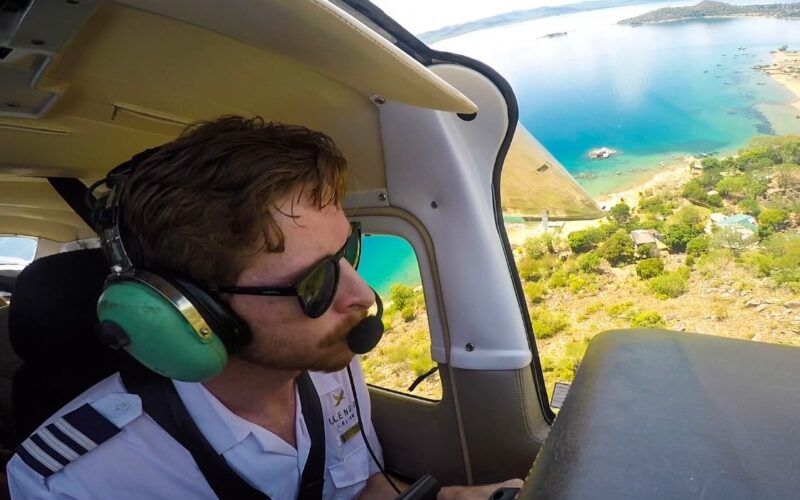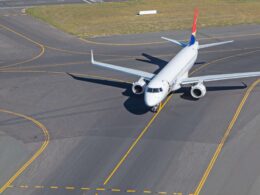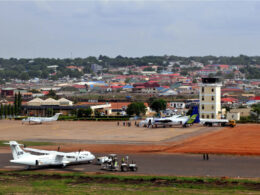Bush aviation plays an essential role in some parts of the world. In regions with scarce infrastructure, no prepared airstrips, and rough terrain, bush pilots offer much-needed connectivity. While Africa contains several major hubs, sometimes the easiest way to reach your destination is to hop onto a single-engine aircraft.
As such, bush pilots cover a wide range of missions, from transporting tourists and humanitarian personnel to delivering cargo and carrying out medical evacuations. They even fly skydivers.
From his base in Malawi, Michael Houston told AeroTime about the daily life of an African bush pilot.
The road to bush aviation is hardly any different from many other aviators. Michael recalls how his passion for aviation began at a very young age, watching air shows with his dad at Ysterplaat Air Force Base in Cape Town, South Africa. “I was fascinated by planes and helicopters from the time I was four years old, and once I started school, I had already decided it was what I wanted to do and who I wanted to be,” Michael explains. “My cousin John is a pilot as well and hearing his stories as I grew up also had a huge influence on me.”
Flying out in the bush was somewhat of a natural choice for Michael and it is a path that many young South African pilots have to take as a first step in their career. In 2019, after spending some time accumulating experience flying skydivers, Michael received a call from a former colleague. “He had transitioned to working in Malawi, Africa as a bush pilot a few months before,” Michael recalls. “He called to tell me that they needed a pilot as soon as possible at his company, and within two weeks I was in Malawi ready to start my career.”
Since then, Michael has been flying on a Cessna 210 for Ulendo Airlink, based in the Malawian capital of Lilongwe.
It is hard for an aviation enthusiast not to see In bush aviation the legacy of air pioneers such as the Aéropostale pilots, who, just a century ago, faced nature alone with their machine in inhospitable regions across the globe. Today’s bush aircraft share the same characteristics as early mail planes: robust, agile, capable of operating on short runways, with high wings to avoid hitting obstacles.
“I have often heard bush aviation referred to as ‘real’ flying due to it being very hands-on with little to almost no automation,” Michael explains. “It’s raw and challenging, and there’s always a few curveballs thrown at you.”
In Africa, bush aviation offers unique flying perks. “From seeing elephants, hippos, and crocodiles wallowing by the river when flying into the game parks, to crystal clear waters over the Lake, and the beautiful mountains towering above the barren landscape,” says Michael. “It’s an office view that most would kill for, I can tell you that!”
However, it also comes with its own set of difficulties. Unlike their commercial counterparts, bush pilots have to manage the majority of tasks surrounding the operation of their plane. “We refuel the plane, we take chocks out, we pre-flight, we file flight plans most of the time: we pretty much do everything,” describes Michael.
The tougher operating conditions are not limited to the rough runways. For example, obtaining meteorological information at their destination airport can prove a challenge. “We often have to rely on applications on our phones and photos of the weather from people at our destination – not very reliable,” explains Michael. “Not having access to proper medical facilities can also be difficult when you’re out in the bush, far away from any medical help with plenty of high-risk diseases like malaria and bilharzia floating around. Chasing animals off the runways is unique and fun though.”
With such an adventurous life, what kind of aviation feat does Michael still dream of? “If I had to choose, I would have to say flying up far north and seeing the northern lights would be number one on my aviation bucket list.”









